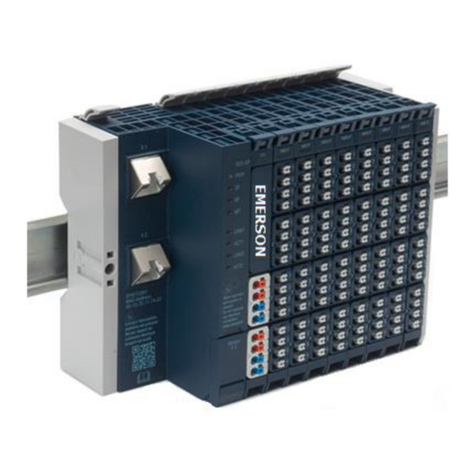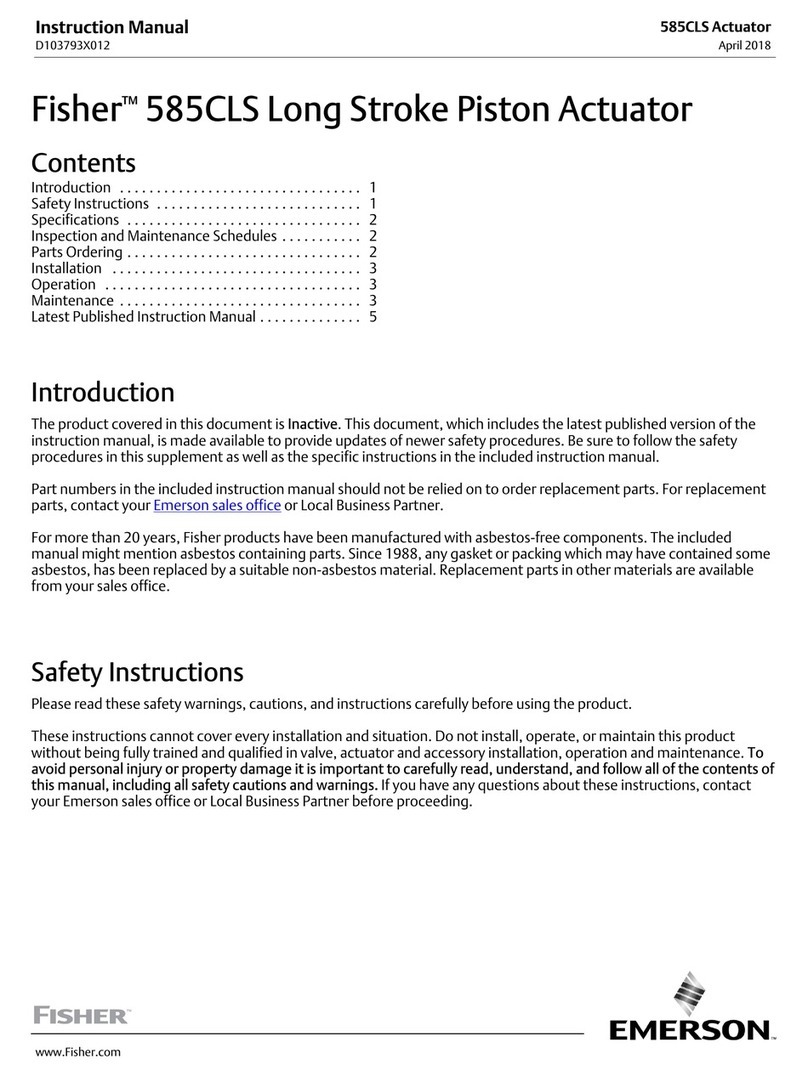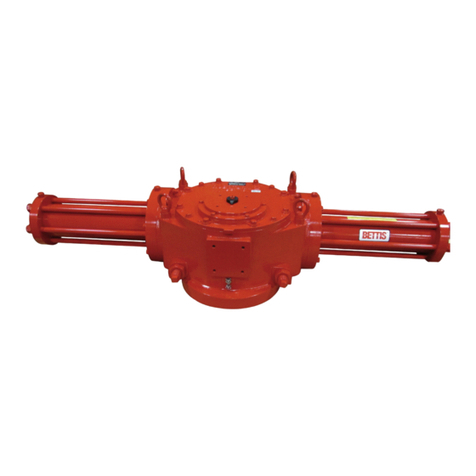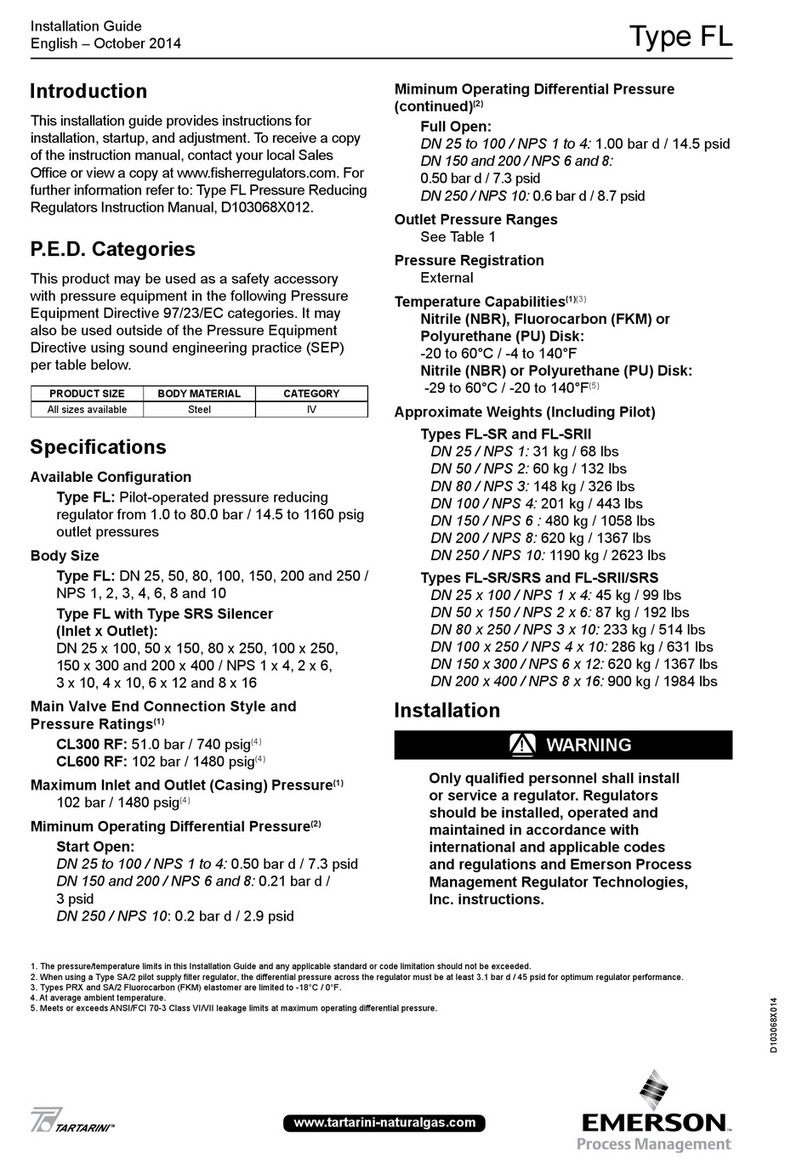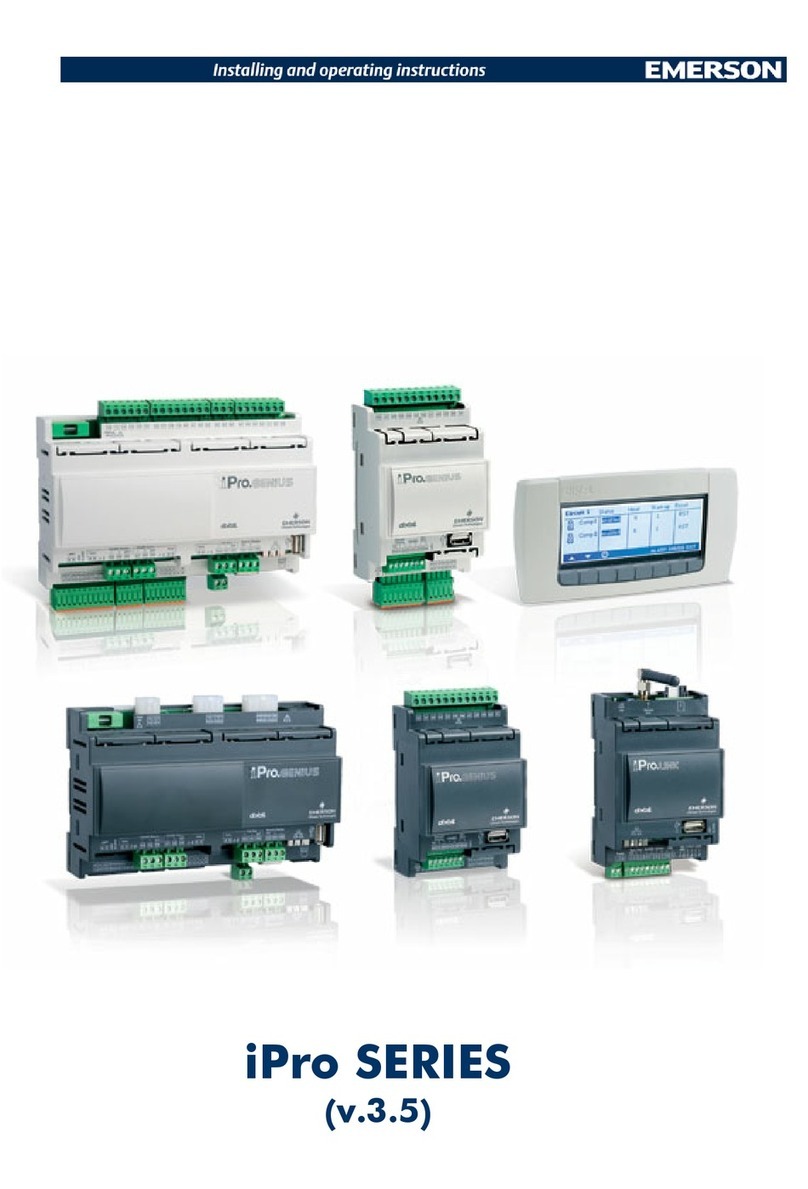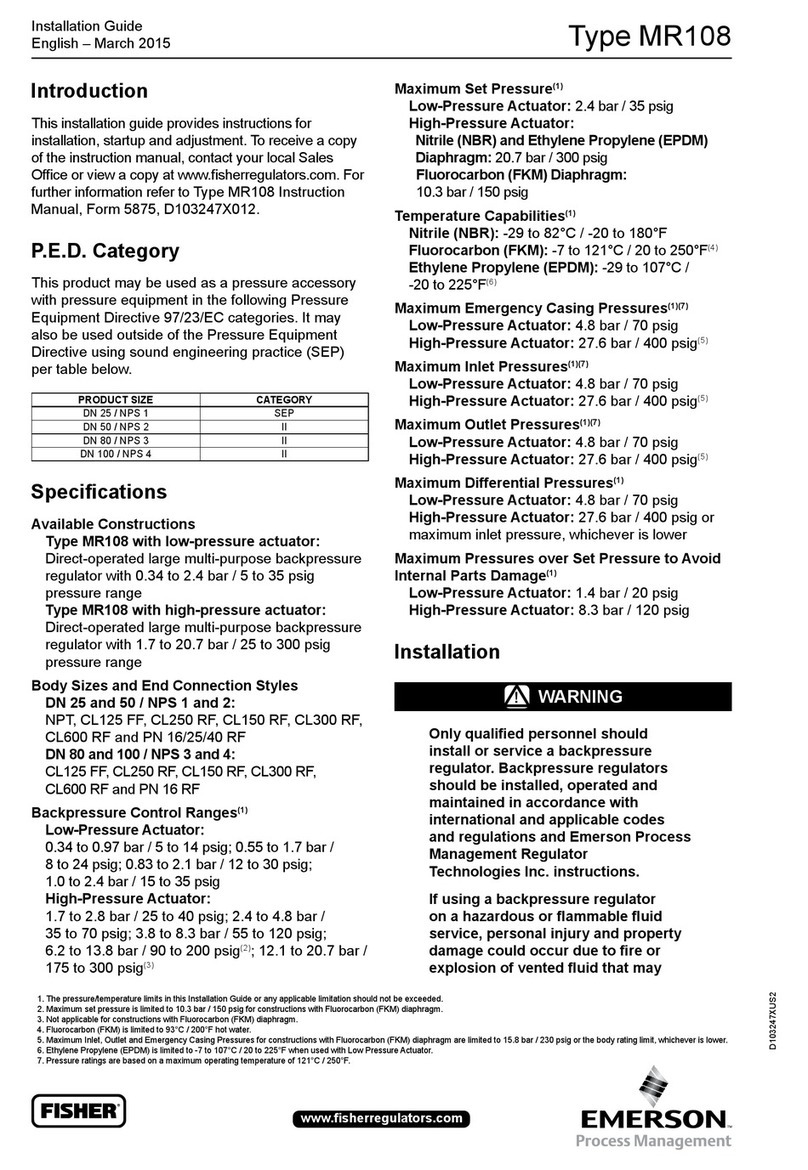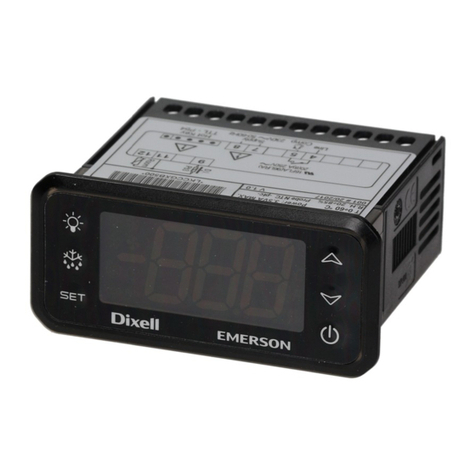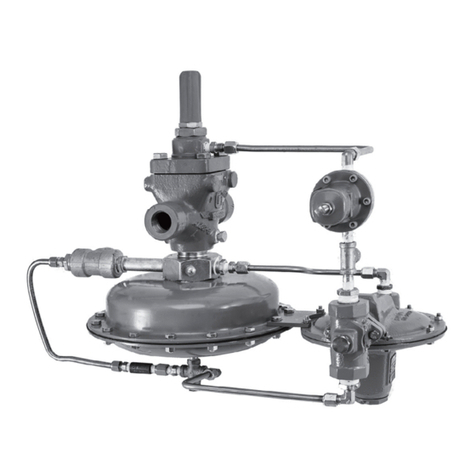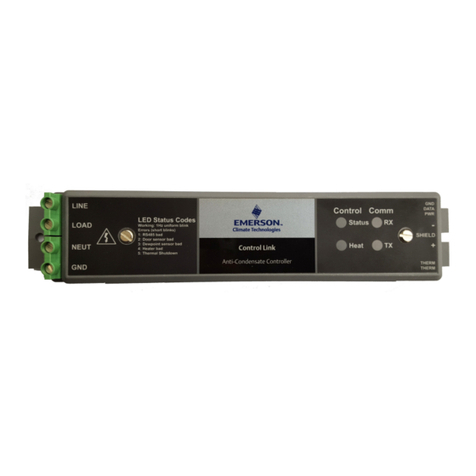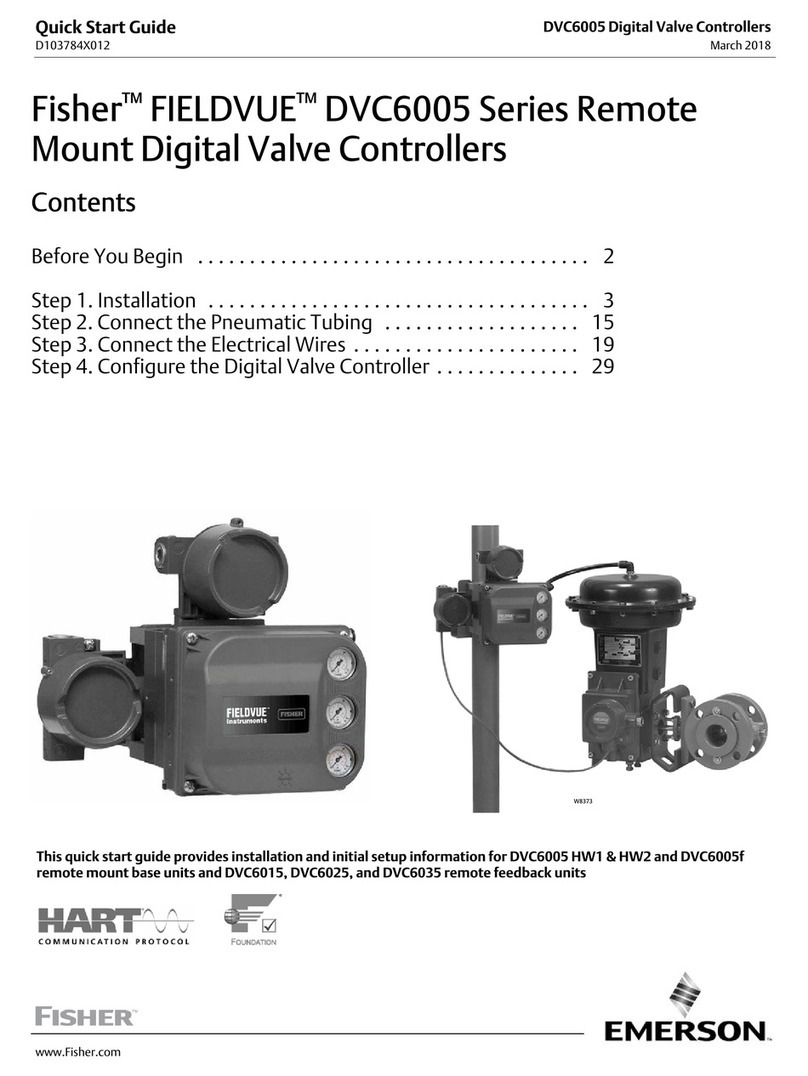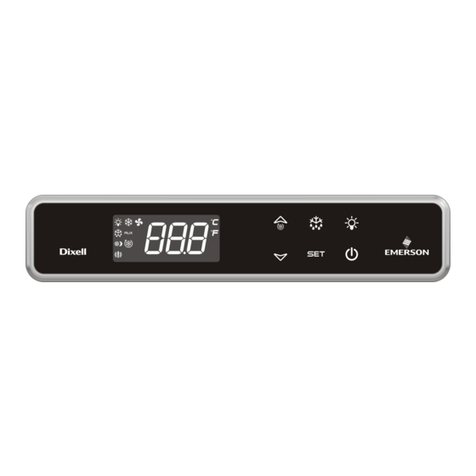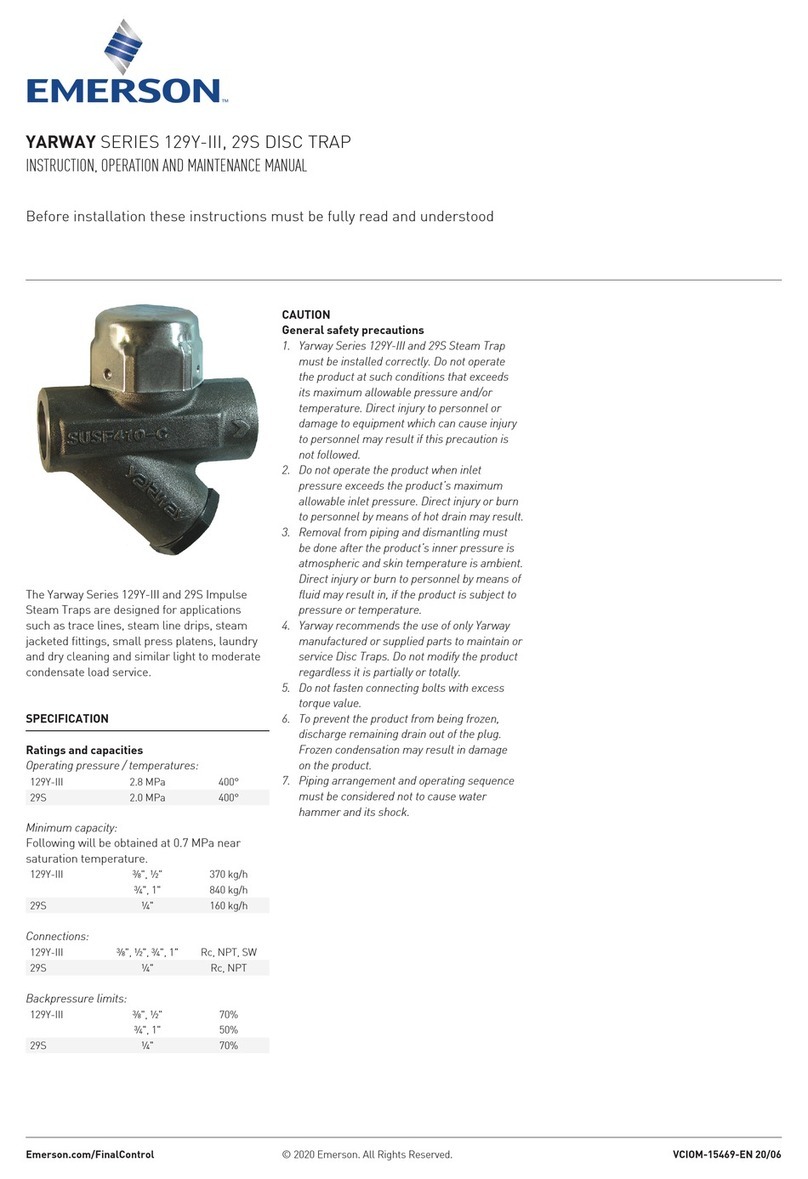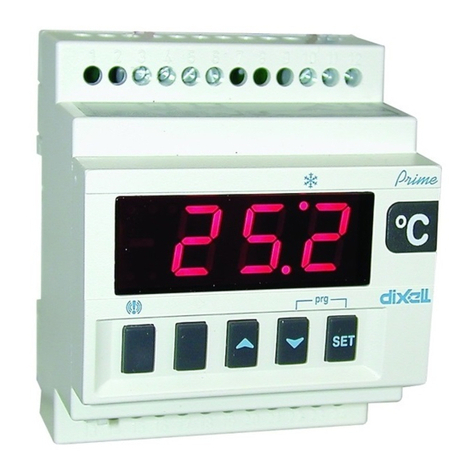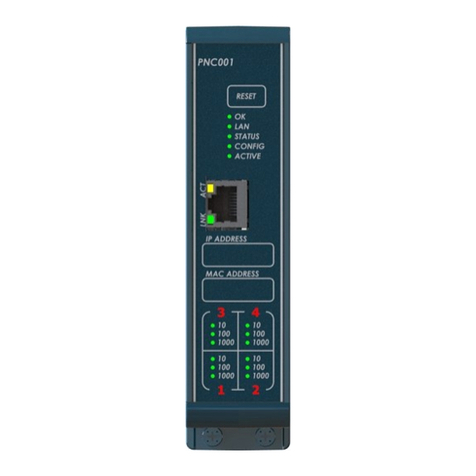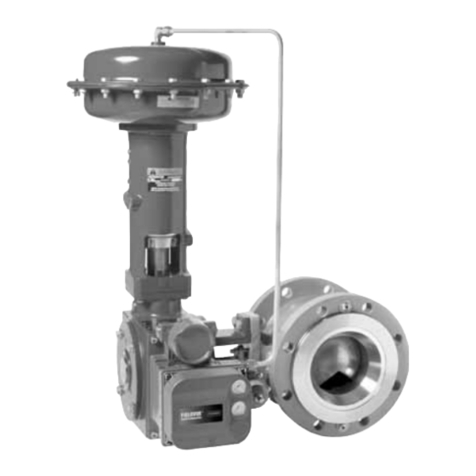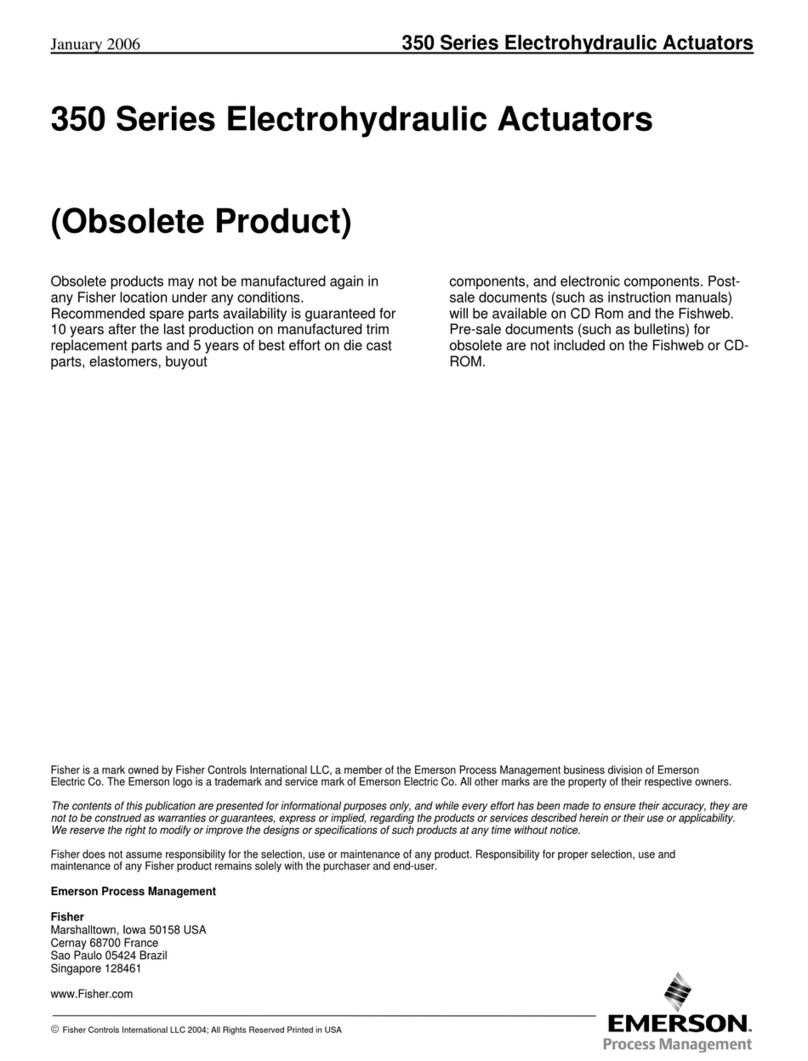uP HAF
If tEP is different from 0 previous configuration of LSt, uSt, Sr, CPP and CHd
are overwritten.
HFS Kind of motor movement: (HAF; FUL)
HAF = half step. Use this setting for the unipolar valve.
FUL = half step. Use this setting for the bipolar valve.
LSt Minimum number of steps: [0to USt] it permits to select the minimum number
of steps. At this number of steps the valve should be closed. So it’s necessary
the reading of manufacturer datasheet to set correctly this parameter. It’s the
minimum number of steps to stay in advised range of functioning. !!!!!
WARNING !!!!! By changing this parameter the valve has to be reinitialized.
The device performs this procedure automatically and restarts its normal
functioning when the programming mode ends.
USt Maximum number of steps: [LSt to 800*10] it permits to select the maximum
number of steps. At this number of steps the valve should be completely
opened. Read the datasheet provided by manufacturer of the valve to set
correctly this parameter. It’s the maximum number of steps to stay in advised
range of functioning. !!!!! WARNING !!!!! By changing this parameter the
valve has to be reinitialized. The device performs this procedure
automatically and restarts its normal functioning when the programming
mode ends.
ESt Extra step during closing phase: (0 to 255 (*10)) it sets the number of extra
steps the controller performs, when the valve is closed at start up, and during
the pauses of regulation, to force the closure of the valve.
NOTE: to set ESt the following steps has to be done:
1. Set the kind of valve by the parameter tEP. This pre-set the
parameters related to the valve
2. Set the right value of ESt
Sr Step rate [10 to 600 step/sec] it’s the maximum speed to change step without
losing precision (means without losing steps). It’s advised to stay under the
maximum speed.
CPP Current per phase (only bipolar valves): [0 to 100*10mA] it’s the maximum
current per phase used to drive valve. It’s used only with bipolar valves.
CHd Holding current per phase (only bipolar valves): [0 to 100*10mA] it’s the
current per phase when the valve is stopped for more than 4 minutes. It’s used
only with bipolar valves.
13. KIND OF REGULATION FOR SUPERHEAT:
SELF ADAPTIVE OR MANUAL OPERATING MODE
13.1 PRESSURE FILTERING – SUB PARAMETER
For a good SH regulation, it’s important to use a filtered value of the pressure.
This can be done by the parameter Sub.
Suggested values:
From 1-5 evaporators for each racks: Sub = 15
From 6-30 evaporators for each racks: Sub = 10
More than 30 evaporators for each racks: Sub =5
13.2 GENERAL CONSIDERATIONS
The controller is able to regulate the superheat in manual or self adaptive mode,
according to the value of the parameter AMS, autotuing enabling.
With AMS = n: the normal SH regulation is performed
With AMS = y: the self adaptive SH regulation is performed
13.3 MANUAL OPERATING MODE - AMS = NO
The temperature and SH regulation can be performed in 2 ways according to the value
of the parameter CrE: on/off or continuous. See below in details.Standard temperature
regulation
13.3.1 ON/OFF TEMPERATURE REGULATION [CrE = n]
1. Temperature regulation is ON/OFF and it depends on the SET point and HY
parameter (dfferential) Valve is closed when the temperature reaches the set
point and open when the temperature is higher than set point + differential.
2. The superheat is regulated to be closer to its set point.
3. With more pauses normally also the humidity is bigger.
4. Regulation pauses can be realized using Sti and Std parameters (during these
pauses the valve is closed).
13.3.2 COUNTINUOUS REGULATION OF THE TEMPERATURE [CrE = Y] (with
superheat regulation):
1. The HY parameter becomes temperature band for PI control. A default good
value is 6°C.
2. The regulation of injection is continuous and the cooling output is always on. The
icon is always ON excluding the defrost phase.
3. The superheat is regulated following the SSH parameter.
4. Regulation pauses can be realized using Sti and Std parameters (during these
pauses the valve is closed).
5. Increasing the Int integral time it is possible to decrease the speed of reaction of
the regulator on the HY band.
13.4 SELF ADAPTIVE OPERATING MODE – AMS = YES
Auto-adaptive means to find and maintain the condition of the lowest super heating
according to the load and environmental conditions present in a given time on the
evaporator.
The parameter AMS enables the self adaptive mode for the superheat regulation.
In this functioning the values of Pb and inC parameter are automatically set by the
controller according to the kind of applications and the response of the system.
With the AMS = YES, CrE must be set at NO.
The self adaptive algorithm does not affect, the functions related to the forced
opening of the valve in special situation such as:
Forced opening of the valve at start of regulation, parameter SFd
(percentage) and SFd (time).
13.5 MINIMUM STABLE SUPERHEAT SEARCH - AMS = YES, ATU =
YES
With the parameter ATU, the minimum stable superheat search function is enabled.
With ATU = yES controllers start searching the mimimum stable value for the SH, the
minimum admitted value in any case is LSH + 2°C (4°F).
Please take it in consideration, before setting LSH value.
13.6 VALVE CAPACITY REDUCING – MNF PARAMETER
Thanks to the parameter MnF it’s possible to reduce the capacity of the valve, to fine
tune the valve to the evaporator.
The regulation band is not affected from the modification of the MnF parameter.
See below the behaviour of the capcity of the valve, when the MnF parameter is
adjusted.
NOTE: during the soft start phase (oPE, SFd), MnF parameter is not taken in
consideration and the capacity of the valve is set by the parameters oPE and
oPd, respectively.
13.7 AUTO ZERO PROCEDURE (GO HOME FUNCTIONS).
To prevent any possible wrong position caused by a long period of working for the step
valve without closing, the controller after gtH hours, as soon as the opening open
percentage is under 20%, will force a “go home” procedure:
1. Close the valve at max speed, till the complete closure is reached.
2. Perform extra steps (ESt)
3. Re-open to the requested regulation position
This procedure is valid for all the valves, and it has to be done at set speed for each
valve
14. DISPLAY MESSAGES


